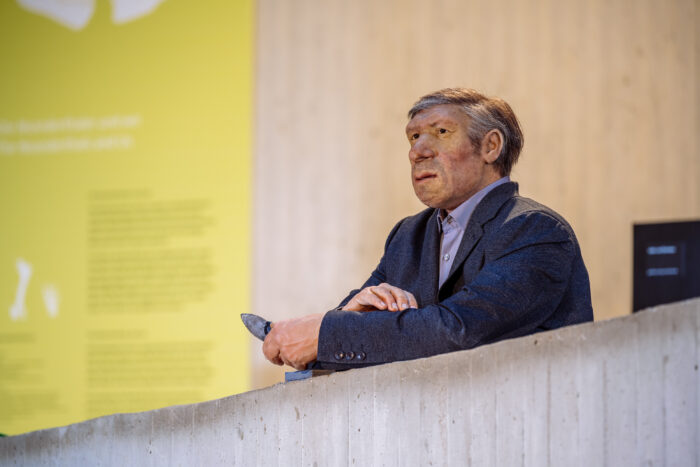Before the end, I would like to share a thought experiment by the historian Yuval Harari: Because Harari asks what our world would look like today if the other kinds of humans were still alive?1
Would my daughter play with strong Neanderthal children after school and practise her capoeira skills with them (an Afro-Brazilian martial art)?
Would your neighbours perhaps be little Homo florensis people?
Would our human rights, such as the right to liberty, also apply to Homo denisova humans and others?
Would families made up of different kinds of humans be accepted or would we have divisions in our minds?

We do not know. But one thing is certain: the teachings of many religions and philosophies would look different. Because even when the oldest religions that still exist today came into being, the last members of the other humans had already been gone for almost 25,000 years and their former existance was not yet rediscovered. Like this, an image of our species, Homo sapiens, could emerge as the supposed „crown of creation“.
Very likely, this didn’t help us to develop ideas about mutual coexistence with other animals on our planet and a mindset for environmental protection and sustainability. — It’s good that they begin to pop up now. Better late than never!